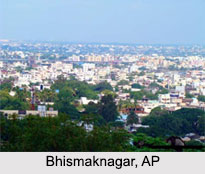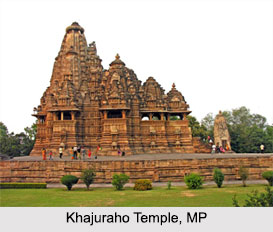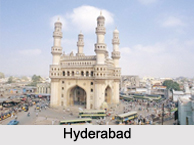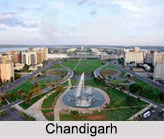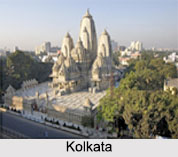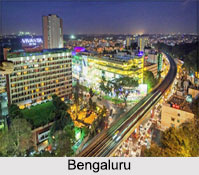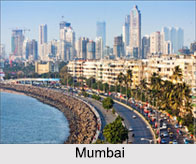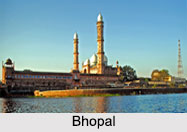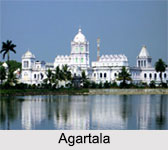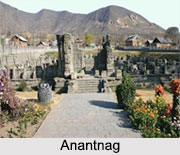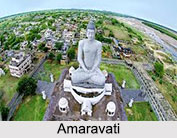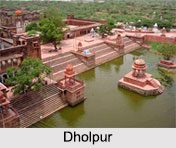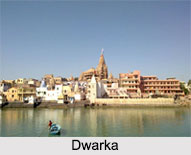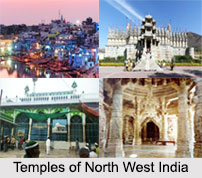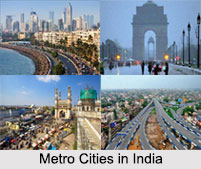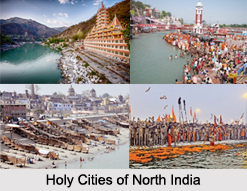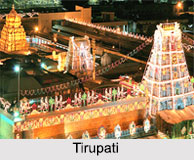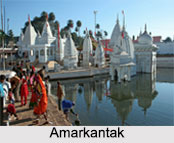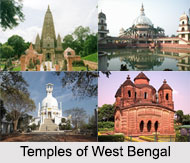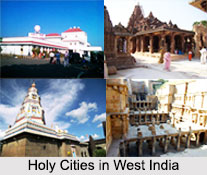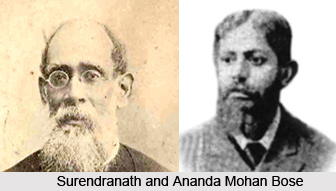 Indian National Association which was also known as Indian Association was the first avowed nationalist organization founded in the early phase of British India by Surendranath Banerjee and Ananda Mohan Bose in 1876.
Indian National Association which was also known as Indian Association was the first avowed nationalist organization founded in the early phase of British India by Surendranath Banerjee and Ananda Mohan Bose in 1876.
Objectives of Indian National Association
The objectives of Indian National Association were in promoting by every legitimate means the political, intellectual and material advancement of the people.
Purpose of Indian National Association
Indian National Association attracted educated Indians and civic leaders from all parts of the country, and became an important forum for India`s aspirations for independence. It later merged with the Indian National Congress.
Establishment of Indian National Association
The origin of Indian National Association are from the Zamindari Sabha (Association) founded by Dwarkanath Tagore and his illustrious cousin Prasanna Kumar Tagore in 1831. and the Adi Brahmo Sabha founded in 1843. In 1851 it took shape as the British Indian Association with Debendranath Tagore as its Honorary Secretary. In 1857 the Association supported the British East India Company in the Sepoy Mutiny 1857 calling for stern punishment for the rebels. In 1866 Pandit Navin Chandra Roy was appointed Secretary of the Association, a post which he held for 4 years, before he finally moved to Lahore in the course of his employment. Ramanath Tagore was the President from 1867 to 1877. After a stormy meeting in 1870 a resolution moved by nationalist Adi Dharma faction of Babu Hemendranath Tagore was approved to voice the concerns of educated Indians to the British authorities on issues of discrimination, participation of Indians in the Indian Civil Service, and the political empowerment and representation of Indians. This resulted in a split, whereby Freemason Crown loyalists formed a breakaway association called the Indian Reform Association under Keshub Chunder Sen to "uplift the common people but only give them political representation when they are ready for it". In 1871 a branch was established by Adi Dharm faction in Awadh (modern Lucknow) by Dakshinaranjan Mukherjee for demanding Indian elected representation in legislatures.
Reform Association and Indian National Association
The Reform Association faction on July 26, 1876 established a Bharat Sabha with Bengali leaders like Surendranath Banerjee, Sivanath Sastri, Ananda Mohan Bose etc. and held its first annual conference in Calcutta. Initially under Sen, it was pro-Crown. However, after the 2nd Brahmo Schism of 1878, the Sadharan Brahmo Samaj regrouped with Adi Brahmo Samaj to promote nationalism and freedom from British rule. From 1880 till 1890 a bitter battle for control of the Reform Association ensued between the pro-Sen and anti-Sen factions. After the death of Sen in 1884 the Reform Association also passed fully into the hands of Brahmo Samaj by 1885 allowing all the Brahmo factions to form in 1885 the Indian National Congress which has ruled present day India for most of its independent history.
Related Articles
History of West Bengal
History of Indian National Congress
Birth of Indian National Congress
Allan Octavian Hume
Surendra Nath Banerjee
Brahmo Samaj
Ram Mohan Roy and Brahmo Samaj
Keshab Chandra Sen
Socio-Religious Reform Movements in India
Arya Samaj
